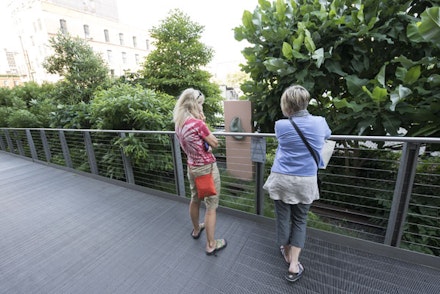ANTOINE CATALA (born in Toulouse, France) lives and works in New York and has exhibited extensively both in the U.S. and abroad. Recent solo exhibitions include: Distant Feel, curated by Tina Kukielski and Alex Klein, Carnegie Museum of Art, Pittsburgh (2015), New Feelings at 47 Canal, NY (2014), and Heavy Words, curated by Florence Derieux at Peep-Hole, Milan (2014). His work has also been included in Archeo, High Line, New York; Meanwhile…Suddenly and Then, 12 Biennale de Lyon, France; ProBio, MoMA PS1, New York.
What new or old tools are you
attached to in your art practice?
Tool is an ambiguous term, isn’t it?

The primary tools that I use are my obsessions: the physicality of image or solid language. Physical transformations, translations (in the mathematical sense of the word, a sliding from point A to point B), deformations, or mutations. I am also obsessed with the construction of a personal image (the image of the self). These are the main “tools” that I use.
In the real world, I use whatever tools suit me to achieve these transformative acts. For instance I have worked with breathing images: images that expand and contract with the help of pneumatic pumps. I have used drones, made holograms or crawling devices, used timers, computers, complex electronics. I also use rudimentary technologies, large drawings, and sewn stuffed images. Lately I contracted an ad agency to design a symbol for empathy. I am turning this symbol into a biological, living entity—the symbol will be covered in corals, essentially.
What tools have you rejected?
I am open to all tools. With a hammer one can crack a skull open or build a house. It’s the usage of the tool rather than the tool itself that is the question.
What have the tools
done to your art?

Embracing tools, pneumatic pumps for instance, has completely changed my art. I let the tools take over and guide my hand and thoughts. The pump determined the physicality of a number of works since I encountered it. It’s through materiality that I think. The more time with the material or the tool, the clearer my thoughts, the better the work. I am attached to a certain degree of formal innovation—strictly based on personal criteria, meaning what is innovative for me, making stuffed fabric pieces for instance, may not be new for the world; what matters is that it’s new to me. I am curious and want to learn. Pleasure is a big part of the equation. I believe that when one enjoys the process of making the work, then the audience sees it in a fraction of a second in the output—pleasure is contagious. That’s what I call the pleasure principle, which is central to my practice. I have a background in hard science (mathematics), I am a klutz (I held my first drill four years ago), yet I enjoy the process. I mention this because I am constantly looking for new approaches to art-making—literally how to make something that I have never made before using new tools. Most big projects I embark on mean that I will discover new tools and develop new strategies to achieve what I want.